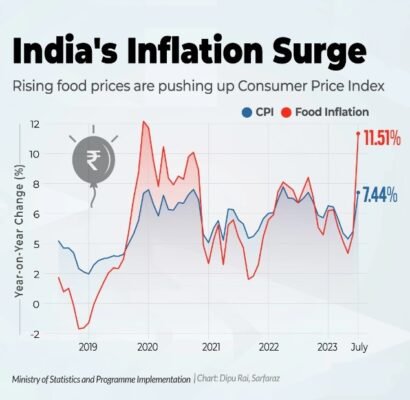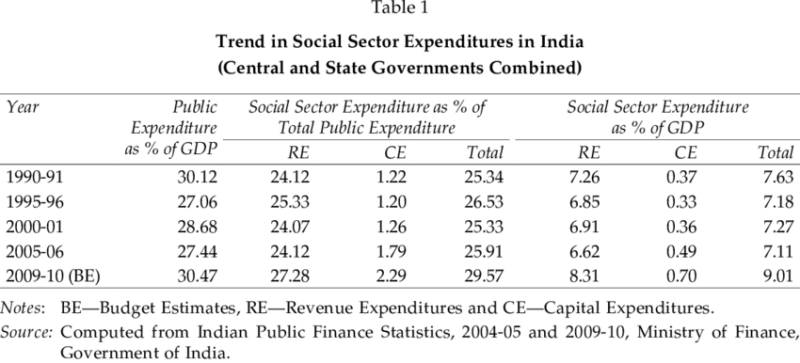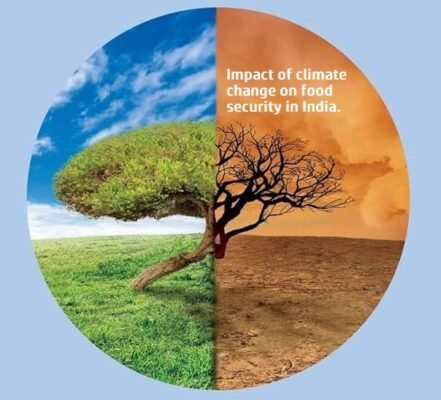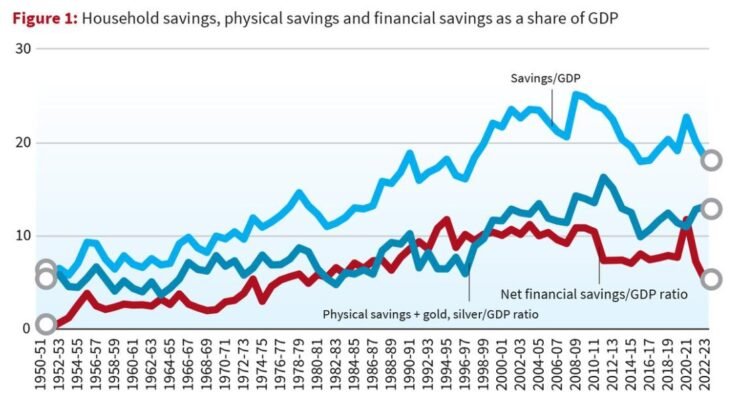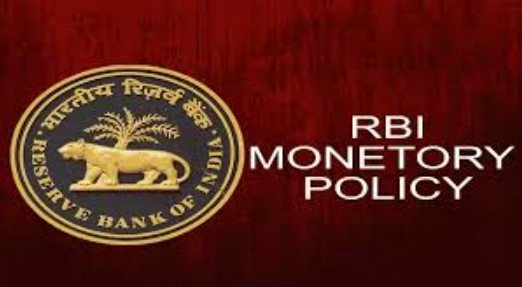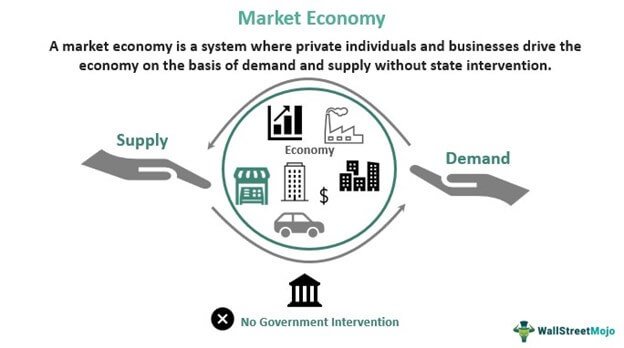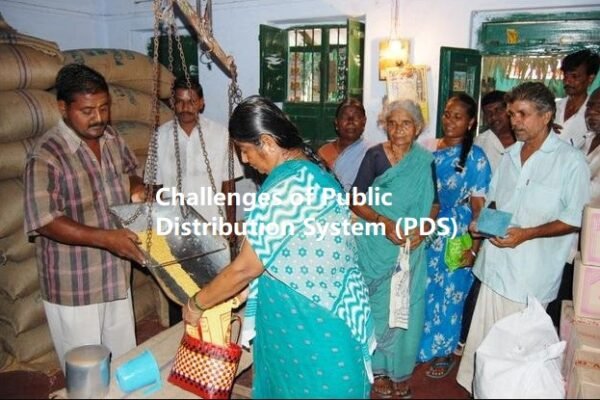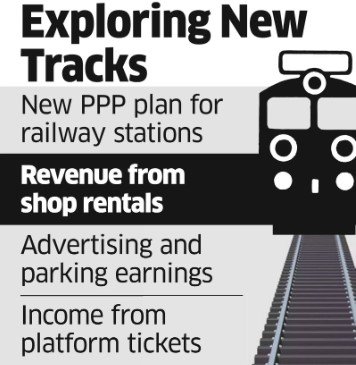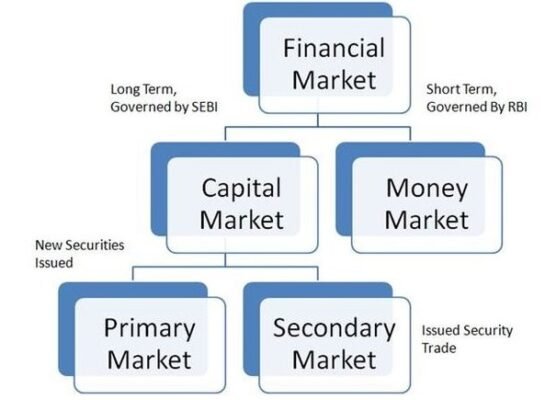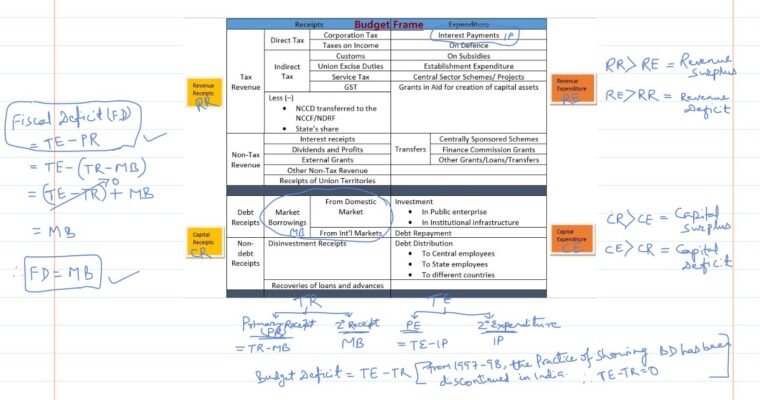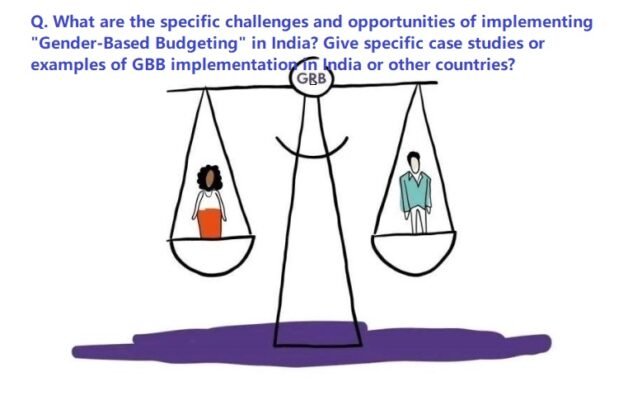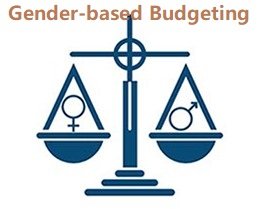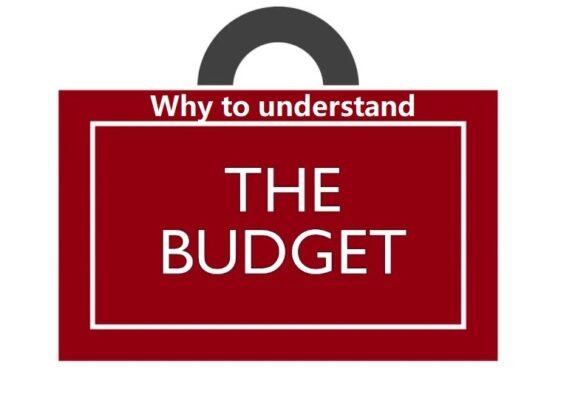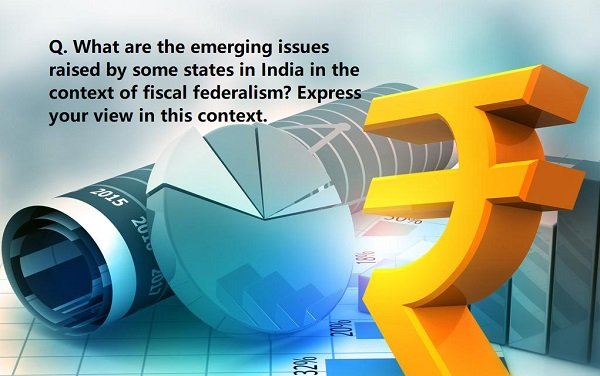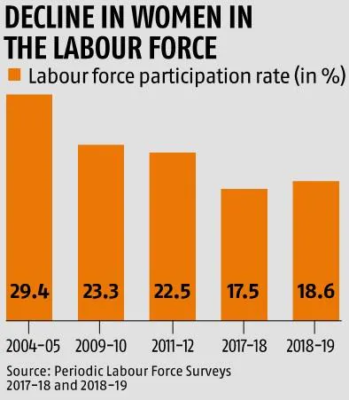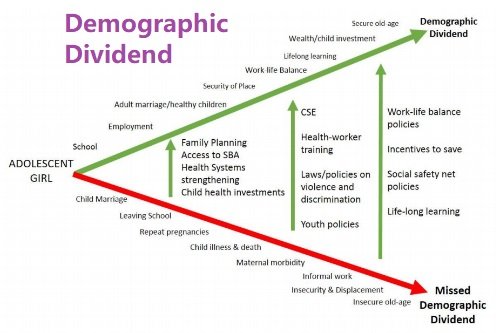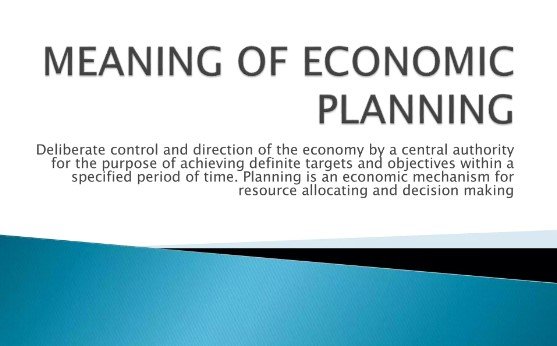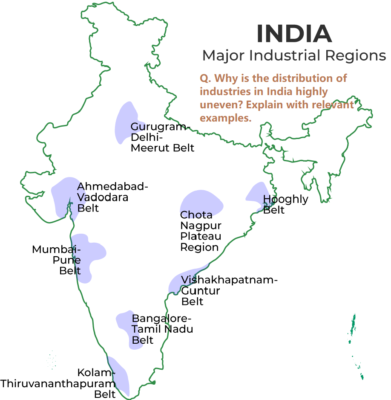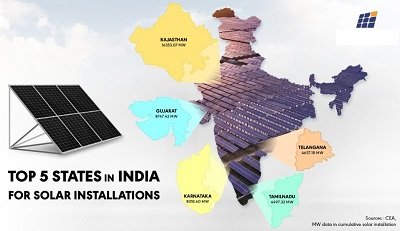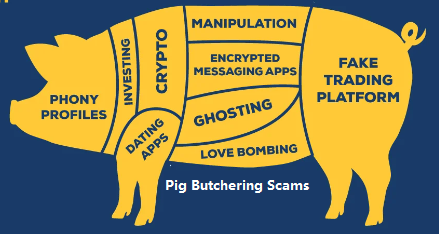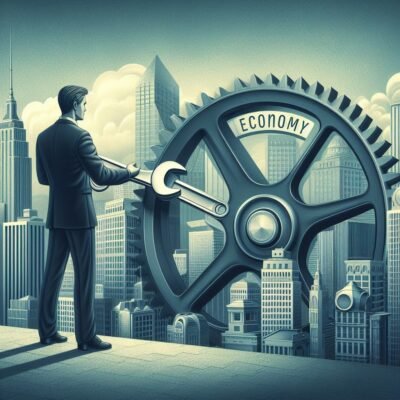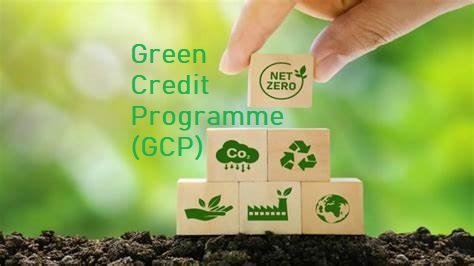Indian Economy
latest posts
Q. “Uttar Pradesh has emerged as a frontrunner in the implementation of the Pradhan Mantri Micro Food Processing Enterprises Upgradation Scheme (PMFME).” Critically analyze the factors contributing to this performance and examine how the scheme aligns with rural industrialization and the One District One Product (ODOP) strategy. Also, highlight the challenges that must be addressed for sustained growth in the micro food processing sector.
Uttar Pradesh’s top ranking in the implementation of the Pradhan Mantri Micro Food Processing Enterprises [...]
read moreApr
Q. The rupee has witnessed a continuous fall in recent times, impacting various sectors of the Indian economy. Analyze the ripple effects of this trend on key sectors and evaluate the effectiveness of RBI’s interventions in stabilizing the currency.
[The currency hit a low of 85.84/$1 during the day, with equity indices across the [...]
read moreJan
Q.14. Elucidate the importance of buffer stocks for stabilizing agricultural prices in India. What are the challenges associated with the storage of buffer stock? Discuss. [UPSC 2024 GS P-3]
Buffer stocks play a vital role in stabilizing agricultural prices in India and ensuring food [...]
read moreQ.13. What are the major challenges faced by Indian irrigation system in recent times? State the measures taken by the government for efficient irrigation management. [UPSC 2024 GS P-3]
The Indian irrigation system has played a crucial role in enhancing agricultural productivity and ensuring [...]
read moreQ.12. What is the need for expanding the regional air connectivity in India? In this context, discuss the government’s UDAN Scheme and its achievements. [UPSC 2024 GS P-3]
Expanding regional air connectivity in India is essential for improving economic growth, social integration, and [...]
read moreQ.11. Discuss the merits and demerits of the four ‘Labour Codes’ in the context of labour market reforms in India. What has been the progress so far in this regard? [UPSC 2024 GS P-3]
The four Labour Codes introduced by the Indian government aim to consolidate and simplify the [...]
read moreQ.5. What is the present world scenario of intellectual property rights with respect to life materials? Although, India is second in the world to file patents, still only a few have been commercialized. Explain the reasons behind this less commercialization. [UPSC 2024 GS P-3]
Life materials refer to biological substances derived from living organisms, including genetic resources, cells, tissues, [...]
read moreQ.4. Explain the role of millets for ensuring health and nutritional security in India. [UPSC 2024 GS P-3]
Millets play a vital role in ensuring health and nutritional security in India due to [...]
read moreSep
Q.3. What were the factors responsible for the successful implementation of land reforms in some parts of the country? Elaborate. [UPSC 2024 GS P-3]
The success of land reforms in certain parts of India can be attributed to a [...]
read moreSep
Q.2. What are the causes of persistent high food inflation in India? Comment on the effectiveness of the monetary policy of the RBI to control this type of inflation. [UPSC 2024 GS P-3]
Causes of Persistent High Food Inflation in India Food inflation in India has been a [...]
read moreSep
Q.1. Examine the pattern and trend of public expenditure on social services in the post-reforms period in India. To what extent this has been in consonance with achieving the objective of inclusive growth? [UPSC 2024 GS P-3]
The pattern and trend of public expenditure on social services in the post-reforms period (since [...]
read moreSep
Q. Discuss the impact of climate change on food security in India.
Climate change significantly impacts food security in India, a country heavily reliant on agriculture for [...]
read moreAug
Q. India’s household savings rate has been on a downward trajectory, declining from 22.7% of GDP in 2021 to 18.4% in 2023. What are the reasons behind this decline and how can it create a challenge for the government?
According to the Union Budget 2024, India’s household savings rate has seen a significant decline, [...]
read moreAug
Q. How does the RBI regulate the market through rate cuts?
The Reserve Bank of India (RBI) regulates the market through rate cuts primarily by [...]
read moreAug
Q. Do you think India needs a freer market economy or greater factor market freedom?
Both a freer market economy and greater factor market freedom could contribute to India’s economic [...]
read moreAug
Q. What are the major challenges of Public Distribution System (PDS) in India? How can it be made effective and transparent? [UPSC 2022 GS P-3]
Public Distribution System (PDS) is a government-run food security system in India. It aims to [...]
read moreAug
Q. Is inclusive growth possible under market economy? State the significance of financial inclusion in achieving economic growth in India. [UPSC 2022 GS P-3]
Yes, inclusive growth is possible under a market economy. While market economies are often associated [...]
read moreQ. Why is Public Private Partnership (PPP) required in infrastructural projects? Examine the role of PPP model in the redevelopment of Railway Stations in India. [UPSC 2022 GS P-3]
Why PPP is Required in Infrastructural Projects? Public-Private Partnerships (PPPs) are essential for infrastructure development [...]
read moreAug
Q. Discuss the multifaceted nature of poverty in India. What are the major government initiatives aimed at poverty alleviation, and how effective have they been?
Multifaceted Nature of Poverty in India Poverty in India is a complex and multidimensional issue [...]
read moreJul
Q. What do you understand by the “Capital Market”? In what way is it important to an economy?
Capital Market: A Lifeline for the Economy A capital market is essentially a marketplace where [...]
read moreJul
Q. Explain the concept of fiscal deficit. How does it impact economic growth and inflation?
The Fiscal Deficit (FD) is the difference between the government’s total expenditure and its total [...]
read moreJul
Q. What are the specific challenges and opportunities of implementing “Gender-Based Budgeting” in India? Give specific case studies or examples of GBB implementation in India or other countries?
Gender-based budgeting (GBB) is a strategic approach to public finance that integrates gender perspectives into [...]
read moreJul
Q. What do you understand by “Gender-based Budgeting”? How it is going to revolutionize the Indian economy? Give examples.
Gender-Based Budgeting: A Catalyst for Economic Transformation Gender-based budgeting (GBB) is a strategic approach to [...]
read moreJul
Q. Why is understanding ‘The Budget’ important for every citizen of a country?
Understanding the budget is crucial for every citizen of a country because it reveals how [...]
read moreJul
Q. What are the emerging issues raised by some states in India in the context of fiscal federalism? Express your view in this context.
Fiscal federalism in India, the financial relationship between the central and state governments, has been [...]
read moreJul
Q. What are the major objectives of Ayushman Bharat – National Health Protection Mission?
The Ayushman Bharat – National Health Protection Mission (AB-NHPM), also known as Pradhan Mantri Jan [...]
read moreJul
Q. What are the factors influencing the declining trend in female workforce participation in India?
The decline in female workforce participation in the country has historical precedence. The female labour force [...]
read moreJul
Q. Do you think that realization of the benefits of the potential demographic dividend that India is expected to experience roughly after 2025, is automatic? Give reasons in support of your answer.
The realization of the benefits of the potential demographic dividend in India is not automatic. [...]
read moreJul
Q. The major objective of our national planning is to reduce regional inequality and to ensure balanced growth. Why does India fail to achieve this goal?
Despite consistent efforts through national planning, India has struggled to achieve the major objective of [...]
read moreJul
Q. Examine the beneficial outcomes stemming from India’s National River Linking Project.
India’s National River Linking Project (NRLP) aims to transfer water from surplus river basins to [...]
read moreJul
Q. Why is the distribution of industries in India highly uneven? Explain with relevant examples.
The distribution of industries in India is highly uneven due to a combination of historical, [...]
read moreJul
Q. What factors justify India’s significant potential for solar energy?
India has significant potential for solar energy due to a combination of geographical, environmental, economic, [...]
read moreJul
Q. What do you understand by “Pig Butchering Scams”? Suggest ways to prevent them.
“Pig Butchering Scams,” a term originating from the Chinese phrase “shā zhū pán,” refer to [...]
read moreJun
Q.14. What are the direct and indirect subsidies provided to farm sector in India. Discuss the issues raised by the World Trade Organization (WTO) in relation to agricultural subsidies. [UPSC 2023 GS P-3]
Direct Subsidies: Indirect Subsidies: 1. Definition: Direct farm subsidies include support or financial assistance transferred directly [...]
read moreQ.13. Explain the changes in cropping patterns in India in the context of changes in consumption patterns and marketing conditions. [UPSC 2023 GS P-3]
The changes in cropping patterns in India are closely linked to evolving consumption patterns and dynamic marketing conditions. Let’s explore [...]
read moreQ.12. Distinguish between ‘care economy’ and ‘monetized economy’. How can care economy be brought into monetized economy through women empowerment? [UPSC 2023 GS P-3]
Care Economy: Definition: The care economy encompasses unpaid or underpaid work that provides care, nurture, and domestic [...]
read moreQ.11. Most of the unemployment in India is structural in nature. Examine the methodology adopted to compute unemployment in the country and suggest improvements. [UPSC 2023 GS P-3]
Unemployment in India refers to the condition where individuals who are capable of working actively seek [...]
read moreQ.4. State the objectives and measures of land reforms in India. Discuss how land ceiling policy on landholding can be considered as an effective reform under economic criteria. [UPSC 2023 GS P-3]
Land reforms aim to equitably redistribute land to enhance productivity and reduce poverty. These reforms address [...]
read moreQ.3. How does e-Technology help farmers in production and marketing of agricultural produce? Explain it. [UPSC 2023 GS P-3]
E-technology plays a pivotal role in enhancing agricultural productivity and improving marketing strategies for farmers. Let’s [...]
read moreQ.2. What is the status of digitalization in the Indian economy? Examine the problems faced in this regard and suggest improvements. [UPSC 2023 GS P-3]
The status of digitalization in the Indian economy has witnessed significant progress, but challenges persist. Let’s delve [...]
read moreQ.1. Faster economic growth requires increased share of the manufacturing sector in GDP, particularly of MSMEs. Comment on the present policies of the government in this regard. [UPSC 2023 GS P-3]
The present policies of the Indian government aim to enhance the manufacturing sector’s contribution to GDP, with [...]
read moreQ. What do you mean by the tightening of monetary policy? Why it is used? Explain.
“The tightening of monetary policy” is a contractionary policy that a central bank uses to reduce [...]
read moreMay
Q. How has liberalization impacted employment patterns in India?
Liberalization has significantly impacted employment patterns in India, leading to both positive and negative outcomes. [...]
read moreQ. What do you mean by “Social forestry”?
“Social forestry” refers to the management and conservation of forests and tree resources with a [...]
read moreThe New Green Credit Programme (GCP): Promoting Sustainable Finance and Environmental Initiatives
Introduction The Green Credit Programme (GCP) is a market-based mechanism that encourages individuals, organizations, and companies [...]
read moreApr






